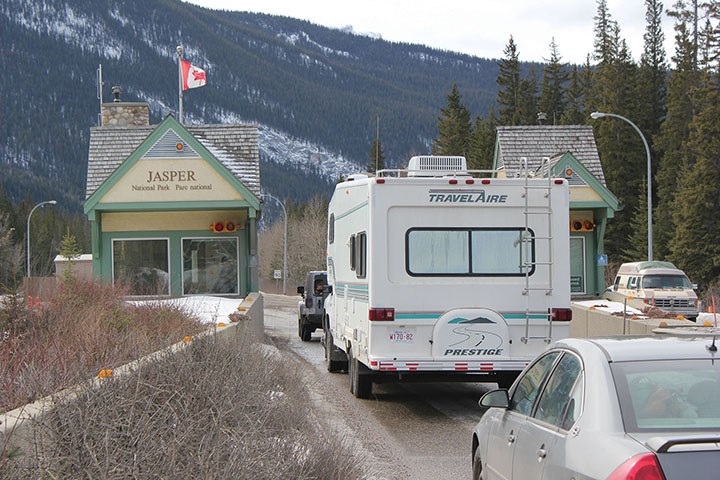Scott Hayes, Local Journalism Initiative Reporter | [email protected]
The office of CanadaÔÇÖs federal tourism ministry should be expecting a phone call from AlbertaÔÇÖs Minister of Forestry, Parks and Tourism Todd Loewen soon.
When Premier Danielle Smith wrote a letter outlining to AlbertaÔÇÖs new minister of Forestry, Parks and Tourism, Todd Loewen, she confirmed her commitment that the provinceÔÇÖs interests are defended against ÔÇťa federal government that no longer treats its partners in Confederation as equals.ÔÇŁ┬á
ÔÇťWe must proactively protect Albertans from continued federal government overreach, including hostile economic policies that landlock our provincial resources, that chase billions in investment and thousands of jobs from our province, and that are detrimental to the short-term and long-term prosperity of Albertans,ÔÇŁ wrote Smith in the mandate letter that is posted on the .
For Minister Loewen, that means initiating discussions with Tourism Minister Randy Boissonnault on the subject of national parks fees. The reason: Banff and Jasper National Parks are the #1 and #2 most popular national parks in the entire country, both amassing more than 5 million visitors annually. 
ÔÇťThey do attract a lot of visitors, and that's great for our province: to have that kind of tourism coming into the province,ÔÇŁ Minister Loewen said.
Loewen and SmithÔÇÖs supposition is that if more national parksÔÇÖ fees are generated here in Alberta, then they should stay in Alberta to ensure they can help cover the associated infrastructure and amenities costs created by tourism in Banff and Jasper.
ÔÇťWhat we see is that Jasper and Banff ÔÇô those two communities ÔÇô they have a very small tax base within the community to pay for the services that are there.ÔÇŁ
The population of Jasper is approximately 5,000 while Banff is approximately 8,000.
On top of that, each municipality must pay land rent to the federal government for the permission to operate a townsite on national park land. Every year the two mountain towns pay hundreds of thousands of dollars for just that purpose, with JasperÔÇÖs payment equal to approximately 6 per cent of its annual revenue. That percentage is also meant to increase with time despite the relatively stable permanent population.┬á
The transient population naturally fluctuates with more than 2.5-million visitors on Jasper National Park roads and staying at various accommodations.
ÔÇťOf course, with the volume of people comes a lot of income for the national parks. But of course, again, we have to be able to expand and update facilities appropriately for that number of people. That's why we want to make sure that a reasonable amount of money is being spent back into those places,ÔÇŁ Minister Loewen said.
His first order of business is to start the discussions with Minister of Tourism Randy Boissonnault in order to determine how much money in fees is actually being collected in both Banff and Jasper National Parks.
After that, he said he will work with the federal ministry to determine how much money is being spent in the two townsites as well as all of the facilities.
ÔÇťI think it's incumbent on us to try to get the money that's coming in spent there too, so that we can keep the services that's needed. When we look at the big picture, we do see a lot of disparity between us and the rest of Canada and how much money we put into the economy and how much comes back to Alberta.ÔÇŁ
ItÔÇÖs all about making sure that the municipalities within the national parks of Alberta are taken care of with the appropriate amount of federal funding that matches the number of visitors and the money that they spend there.
ÔÇťWe just want to identify the income and identify the expenses and make sure that the money's coming here and we're getting the services and the updated facilities and expansion facilities needed,ÔÇŁ he said.




